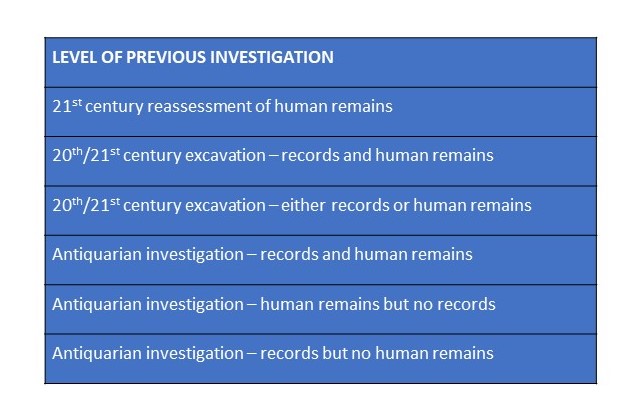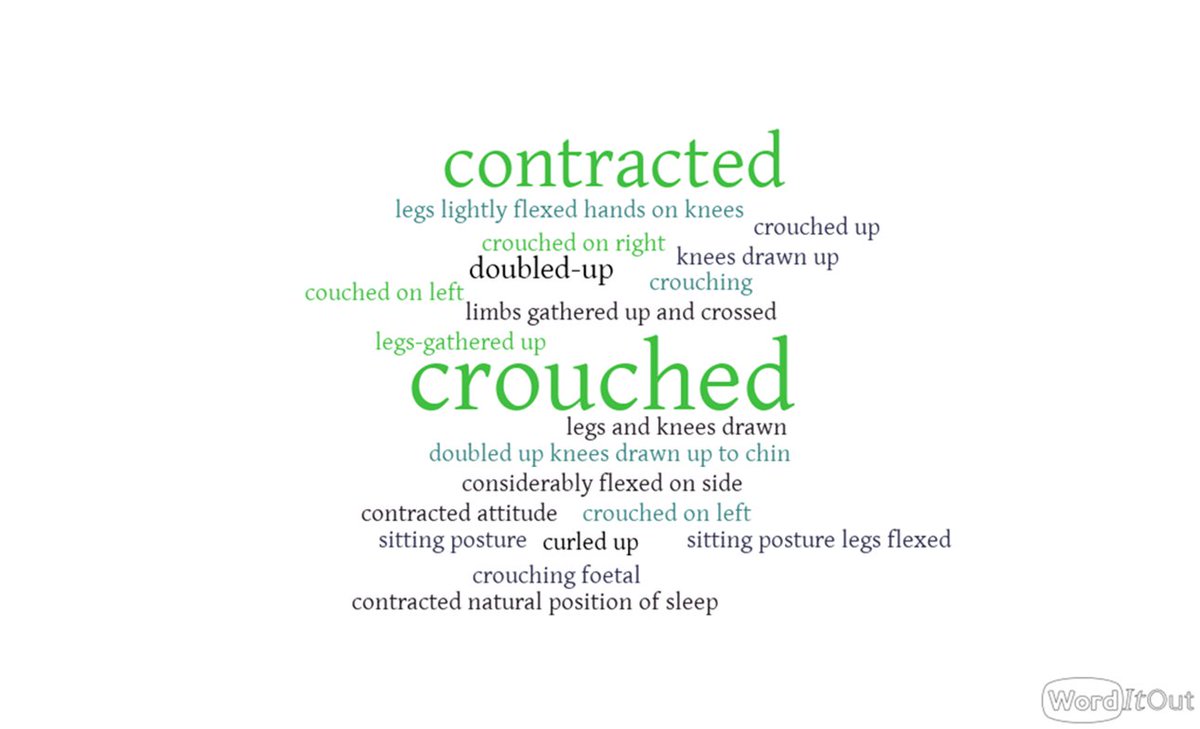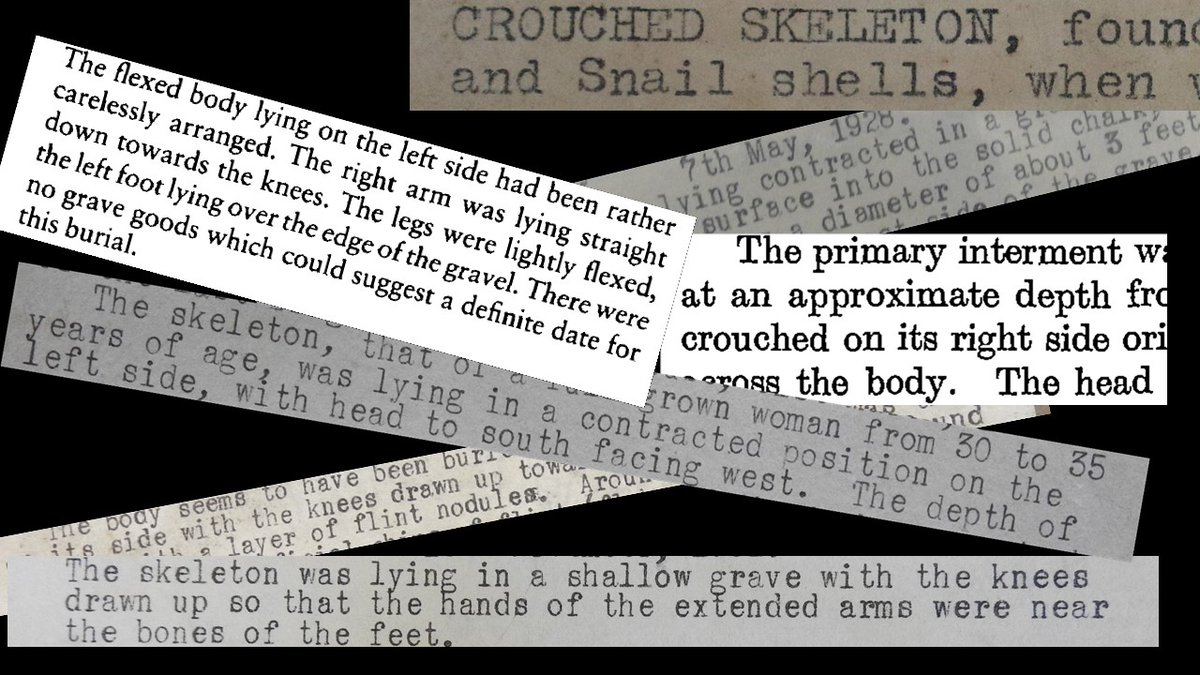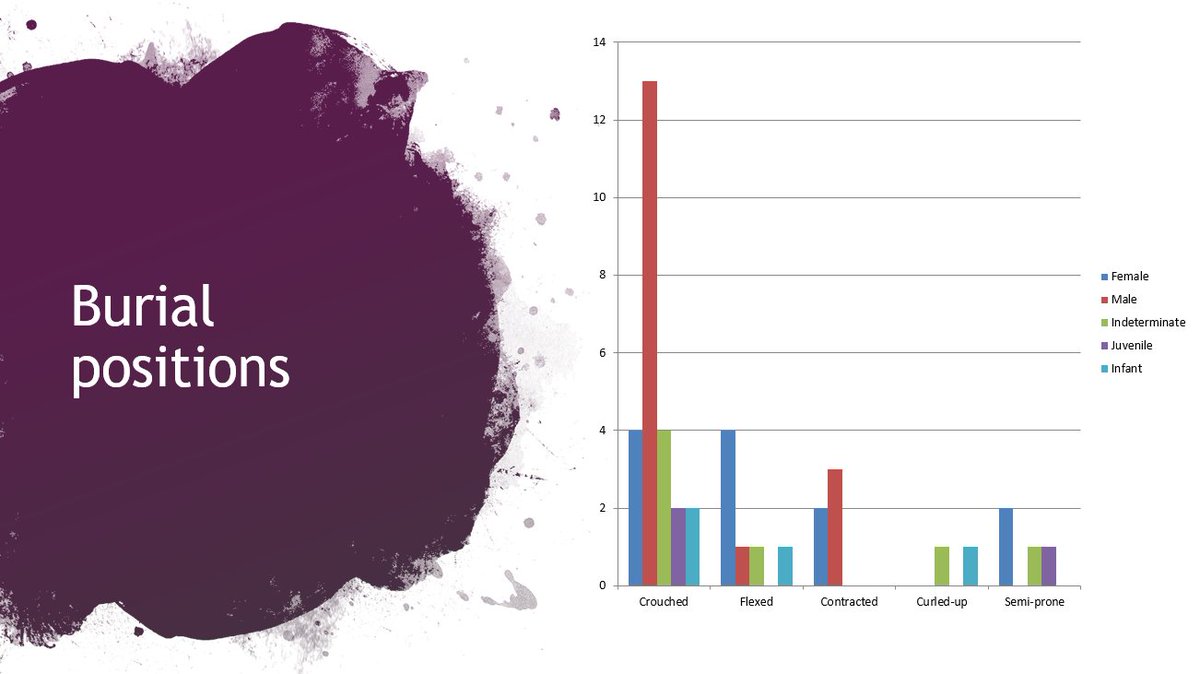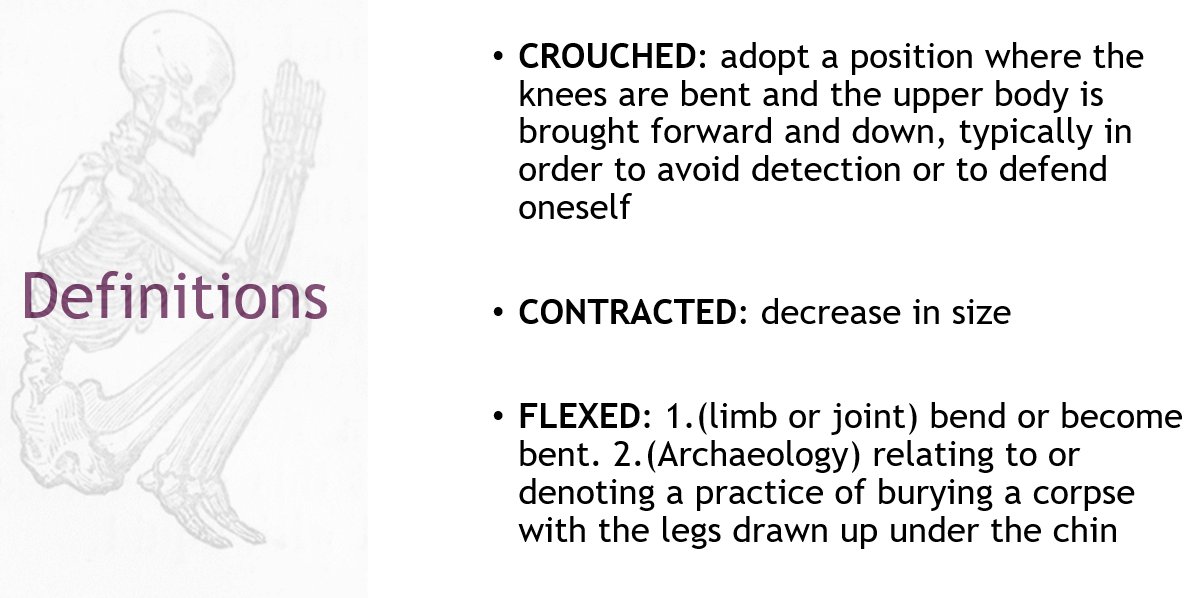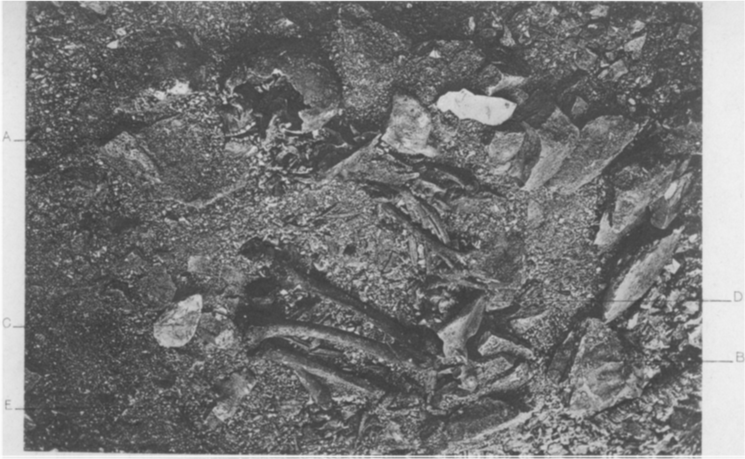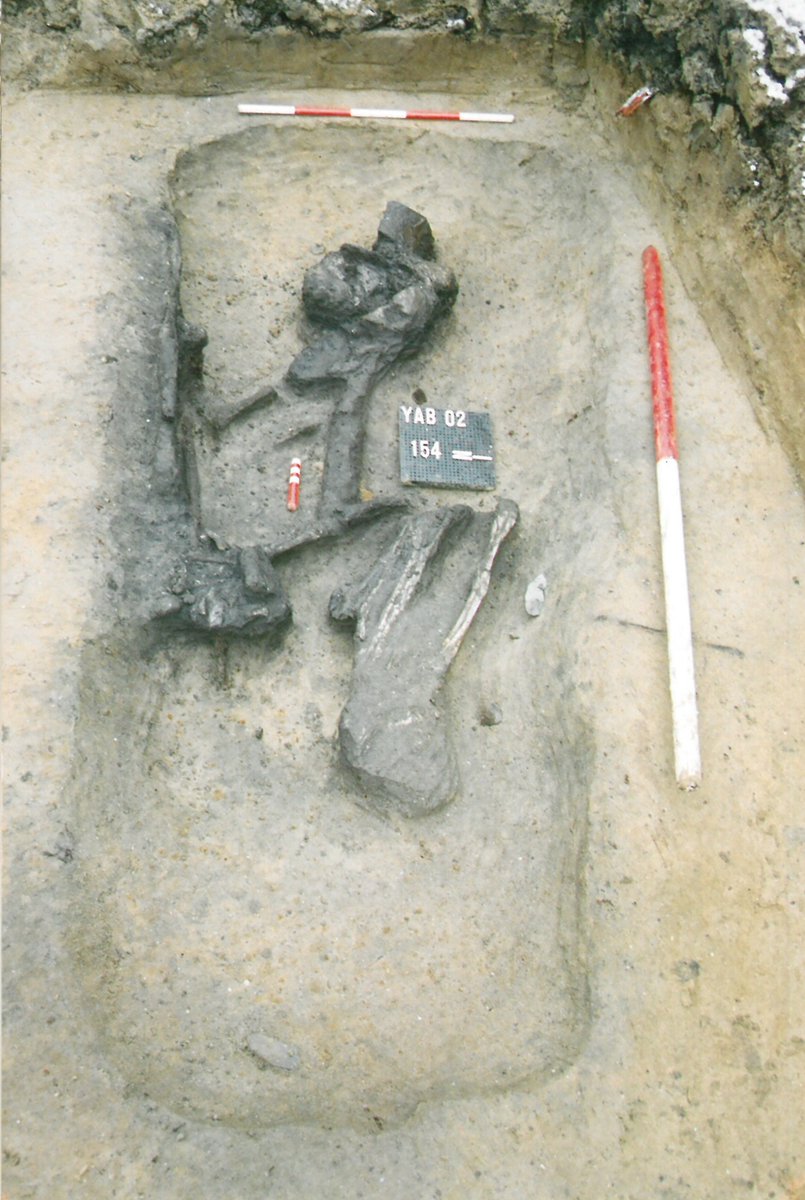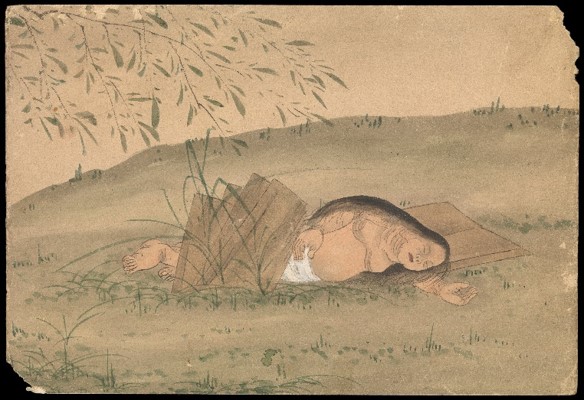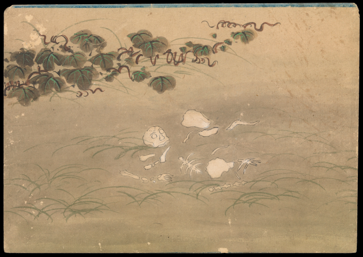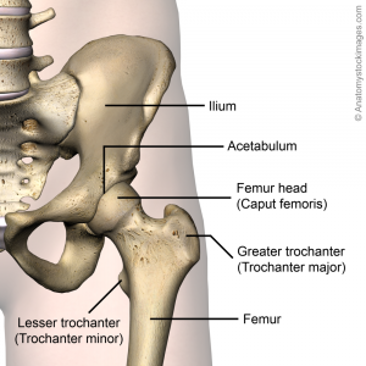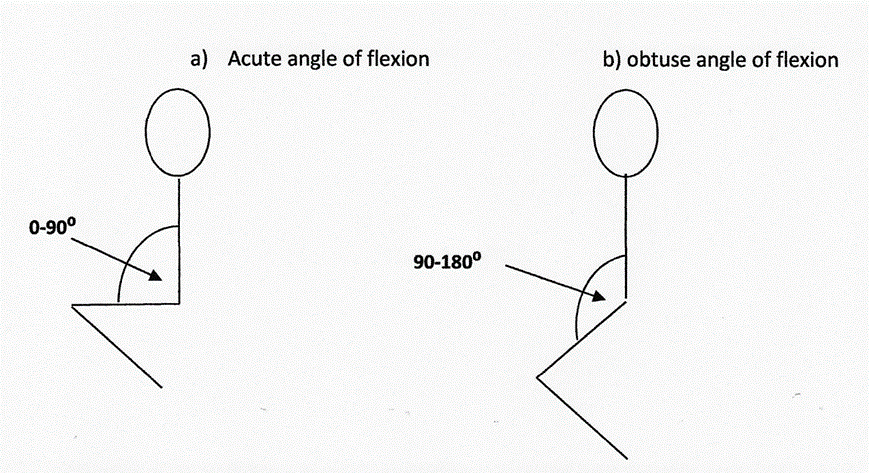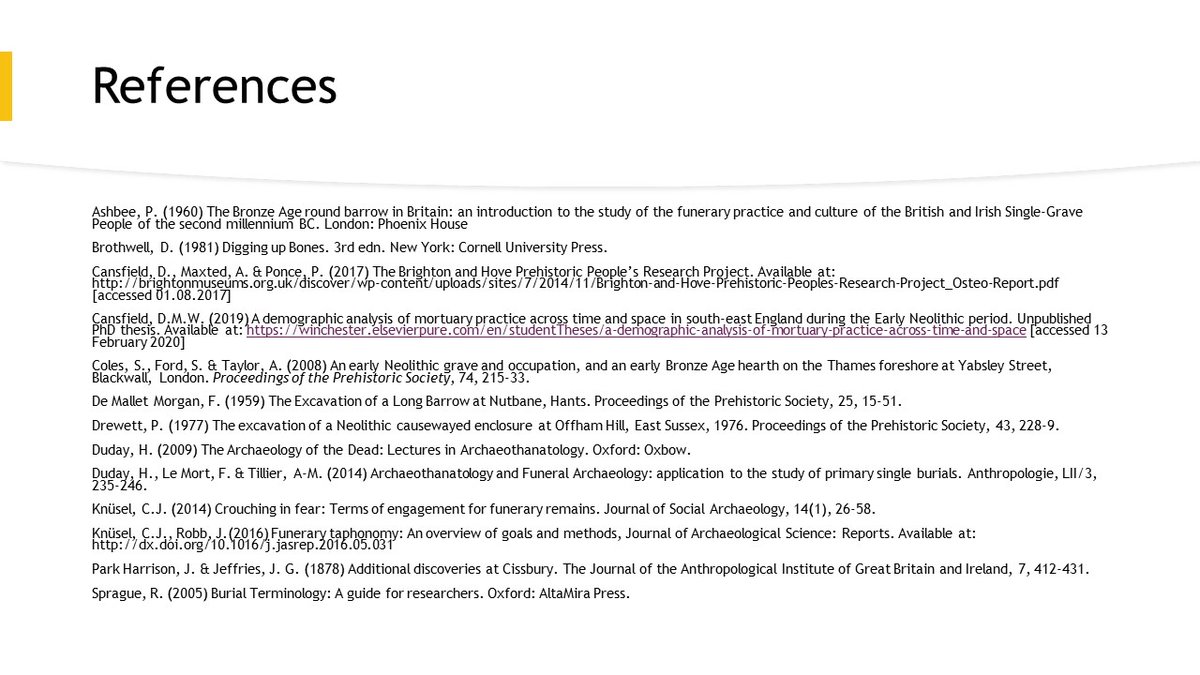1/20 Hi, I& #39;m a researcher at the University of Winchester (UK) and today I& #39;m talking about some ongoing research of mine in reconsidering burial positions in the later prehistoric archaeological record in south-east England. Please note: includes images of human remains https://abs.twimg.com/emoji/v2/... draggable="false" alt="💀" title="Skull" aria-label="Emoji: Skull"> #PATC5
https://abs.twimg.com/emoji/v2/... draggable="false" alt="💀" title="Skull" aria-label="Emoji: Skull"> #PATC5
2/ My PhD aimed to characterise burial practice in early Neolithic (c.4000-3300 BC) S-E England, specifically demographic patterns for burial locations, positions, orientations & grave goods. This included a detailed examination of recorded positions of articulated burials #PATC5
3/ This has also turned up burials from non-monumental locations previously dated by now outmoded methods. Further research, inc radiocarbon dating, has looked at a number of these dating to the Bronze & Iron Ages (Cansfield et al, 2017; Cansfield & Thorpe, forthcoming) #PATC5
4/ Why do burial positions even matter? Well, they are one aspect of a range of behaviours practised by people throughout time that can give insights into the cultures and beliefs of past societies. However, there can be issues arising from past interpretations of these #PATC5
5/ Firstly, during archival research of prehistoric burials it soon becomes clear that the evidence in the archaeological record is disparate and inconsistent, resulting from variable practices over time, making meaningful synthesis challenging #PATC5
6/ Secondly, the terminology used over time is equally unreliable. The word cloud summarises an informal inventory of descriptive terms of prehistoric burial positions from the C19th/early C20th, those in the largest font being the most often used #PATC5
7/ This chart shows the original burial position terms recorded in the Neolithic dataset. Difficulty comes mostly when trying to differentiate between ‘crouched’, ‘flexed’ and ‘contracted’, see previously e.g. Ashbee (1960), Brothwell (1981), Sprague (2005), Knüsel (2014) #PATC5
8/ What& #39;s in a name? Dictionary definitions can be a starting point. However, variable understanding and application of these terms to excavated skeletal remains has resulted in inconsistencies throughout the archaeological record which has implications for interpretation #PATC5
9/ Here are three burials, one of each described by the excavators as & #39;crouched& #39;, & #39;flexed& #39; and & #39;contracted& #39;. Can you tell which is which? #PATC5
10/ Thirdly, the position of the skeleton at the point of excavation may be different to the one it assumed when deposited, due to taphonomic processes over time (Duday, 2009; Knusel & Robb, 2016) #PATC5
11/ There are many factors at play after the disposal of a body, through the process of decomposition to eventual skeletonisation, including the burial space and environment, restrictions such as clothing or binding, temperature, time after death, disturbance, and so on #PATC5
12/ Archaeothanatology is the study of biological and social components of death within the archaeological record (Duday, 2009). Using photographs and/or plans of burials in situ and descriptions in excavation reports, it is possible to assess the... #PATC5
13/ ...positions of labile joint articulations (those which disarticulate most easily) and more persistent ones, to identify the sequence and stages of decomposition within the burial environment and hence movement from the original position #PATC5
14/ In looking at recorded prehistoric burial positions, therefore, it is important to scrutinise both the descriptive terminology used and the interpretations made at the point of excavation regarding the positions themselves #PATC5
15/ To achieve a workable synthesis of positions for the Neolithic burial population, degrees of flexion of femur from the spinal column were estimated for the burials, in conjunction with an archaeothanatological reassessment of the archival evidence #PATC5
16/ Most of the articulated burials within the Neolithic dataset were buried on their side, with the legs bent. Assuming this was the usual burial position, the majority of burials can be simply described as ‘flexed’ to either an acute (most cases) or obtuse degree #PATC5
17/ The estimated degrees of flexion were recorded, to investigate for example restriction of the corpse, along with the side laid on and head-to-feet orientation. Exceptions to the & #39;flexed on side& #39; norm were burials on the back or seated #PATC5
18/ This review of the original descriptions and detailed consideration of the burial positions themselves has enabled analysis of the group within a wider picture of burial behaviour, including demographically, with some interesting results #PATC5
19/ Burial positions are just one aspect, but such analysis highlights the importance of addressing the fossilisation of interpretation within the record because this, obviously, influences ideas and ongoing research. Thank you for your time, feel free to comment/question https://abs.twimg.com/emoji/v2/... draggable="false" alt="😊" title="Smiling face with smiling eyes" aria-label="Emoji: Smiling face with smiling eyes"> #PATC5
https://abs.twimg.com/emoji/v2/... draggable="false" alt="😊" title="Smiling face with smiling eyes" aria-label="Emoji: Smiling face with smiling eyes"> #PATC5

 Read on Twitter
Read on Twitter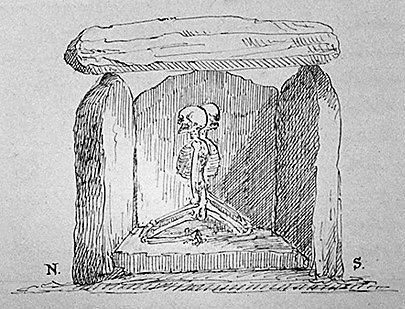 #PATC5" title="1/20 Hi, I& #39;m a researcher at the University of Winchester (UK) and today I& #39;m talking about some ongoing research of mine in reconsidering burial positions in the later prehistoric archaeological record in south-east England. Please note: includes images of human remainshttps://abs.twimg.com/emoji/v2/... draggable="false" alt="💀" title="Skull" aria-label="Emoji: Skull"> #PATC5" class="img-responsive" style="max-width:100%;"/>
#PATC5" title="1/20 Hi, I& #39;m a researcher at the University of Winchester (UK) and today I& #39;m talking about some ongoing research of mine in reconsidering burial positions in the later prehistoric archaeological record in south-east England. Please note: includes images of human remainshttps://abs.twimg.com/emoji/v2/... draggable="false" alt="💀" title="Skull" aria-label="Emoji: Skull"> #PATC5" class="img-responsive" style="max-width:100%;"/>
